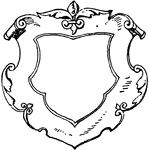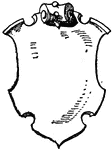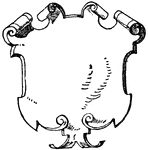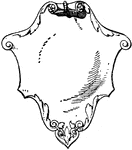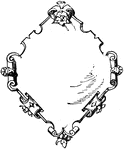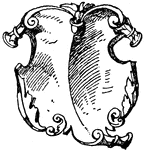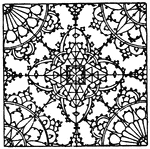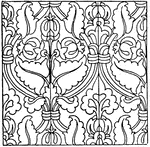
Wrought-Iron Escutcheon Strap-Work Tablet
The wrought-iron escutcheon tablet was of German origin of the 16th century.
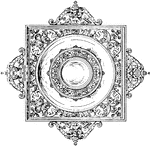
Renaissance Strap-Work Border And Margin
This Renaissance strap-work border and margin is of German origin, it was used as an additional exterior…
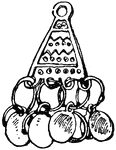
Old Frankish Earring
The Old Frankish earring is a pendant that is free-ending with different moveable parts.
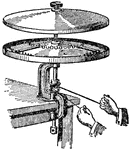
Butyrometer
Butyrometer is a measuring instrument used to measure fat content in milk or milk products in general.…
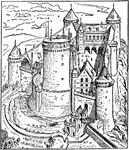
Chateau de Coucy
The Château de Coucy is a French castle in the commune of Coucy-le-Château-Auffrique, in…

Wrought-Iron Oblong Panel
This wrought-iron oblong panel is German Renaissance design found in Prague, Czech Republic.

Renaissance Elliptic Panel
This Renaissance elliptic panel is a German design that was typically found as a design on the covers…

Renaissance Elliptic Panel
This Renaissance elliptic panel is a German design that was typically found as a design on the covers…

Book-Cover Elliptic Panel
The elliptic panel book-cover is found on the center of the cover and is made out of gold blocking on…

Renaissance Elliptic Panel
The Renaissance elliptic panel is a German design block found on a book-cover.

Renaissance Elliptic Panel
The Renaissance elliptic panel is a German design block found on a book-cover.

Renaissance Elliptic Panel
The Renaissance elliptic panel is a German design block found on a book-cover.

Renaissance Elliptic Panel
The Renaissance elliptic panel is a German design block found on a book-cover.

Renaissance Lunette Panel
The Renaissance lunette panel is a German design made out of wrought-iron.
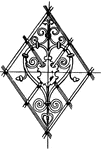
Grill Lozenge Panel
The grill lozenge panel is a German Renaissance design found in a Townhall in Wurzburg, Germany.
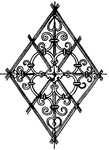
Grill Lozenge Panel
The grill lozenge panel is a German Renaissance design found in a Townhall in Wurzburg, Germany.
Wrought-Iron Grill Panel
The wrought-iron grill panel is a late German Renaissance design found in a townhall in Villingen, Germany.

Grill Panel
The grill panel is a German 16th century design found on the pulpit steps in Thann, France

Grill Panel
The grill panel is a German 16th century design found on the pulpit steps in Thann, France
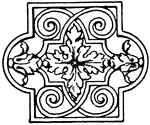
Lattice Panel
The Lattice panel is a late German Renaissance. It is designed in the shape of an oblong and an ellipses.

Grill Panel
The grill panel is a late German Renaissance. It is designed in the shape of an oblong and an ellipses.
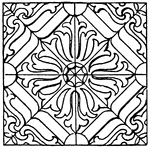
Pillow Pattern
This pillow pattern is a German Renaissance design found in St. George's tomb in Tubingen, Germany.
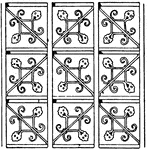
German Renaissance Pattern
This German Renaissance pattern is a net design filled with recurring ornamental accessories.

German Pattern
The German pattern is a 17th century design. It is a net design filled with recurring ornamental accessories.
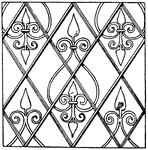
German Renaissance Pattern
This German Renaissance pattern is a net design filled with recurring ornamental accessories.

German Urn
The German urn is a 16th century design made out of cut crystal. It is a small vase with a high foot…

Old German Lip-Spout Pitcher
This Old German lip-spout pitcher is made out of stoneware and has a disc shaped body.

German Renaissance Lip-Spout Pitcher
This German Renaissance lip-spout pitcher is made out of pewter.

Old German Bottle
This Old German bottle is made out of glass found in the Spessart region in Germany.
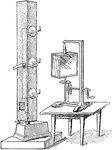
Manometric Flame Apparatus
Koenig's manometric flame apparatus was a laboratory instrument invented in 1862 by the German physicist…
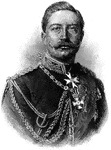
German Emperor Wilhelm II
Wilhelm II (27 January 1859 – 4 June 1941) was the last German Emperor and King of Prussia (German:…

Fluted Dossière
"In armor, ornamented with ridges, corrugations, and the like, which in some cases added also to the…

Ancient Roman Baths
Bathing was an important part in Ancient Roman culture and society. In Germany there are These Roman…

Rhine River
The Rhine River begins in Switzerland and flows through Germany and the Netherlands before emptying…
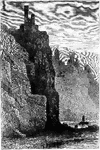
Castle of Neckarsteinach
One of four standing medieval castles in Neckarsteinach, also known as "Vier Burgeneck" because of its…

Town of Bacharach
Bacharach, one of the most picturesque of all the old towns of Germany. The town of Bacharach has a…

Godesburg
The old donjon (tower or keep) of the Godesburg surmounts on the hill of the same name sits but a little…

St. Martin's Church
The old Byzantine church, St. Martin's Church was the beloved church of the poor. It stood by the Cathedral…

Platform of Strassburg Cathedral
Strasbourg is a city in France. It is located near the German border and at one time was a part of the…
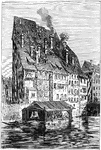
Ancient Houses in Strasburg
Strasburg, originally known as Strateburguen in the sixth century, on the first partition of the Frankish…
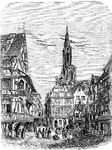
Street Scene in the City of Strasburg
Street scene in Strasburg with public square in the foreground and a church spire in the background.

Black Forest Village
View of a village in the Schwartzwald, or Black Forest. The Black Forest stands in the elbow formed…

Stork's Nest in Strasburg
The architectural and ornamental style of the ancient German homes appealed to the storks, who arrived…

